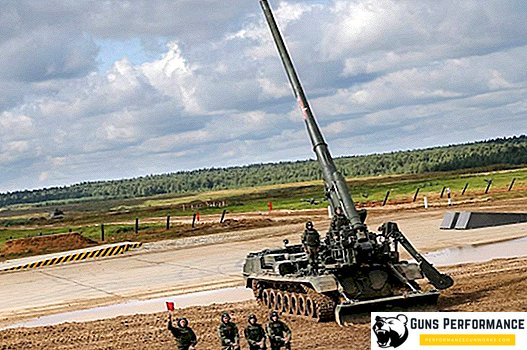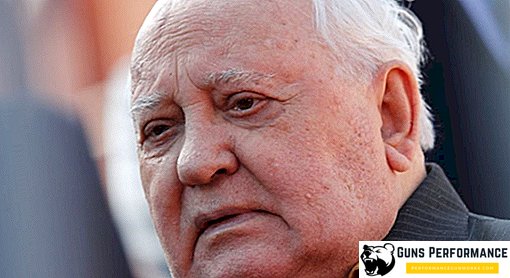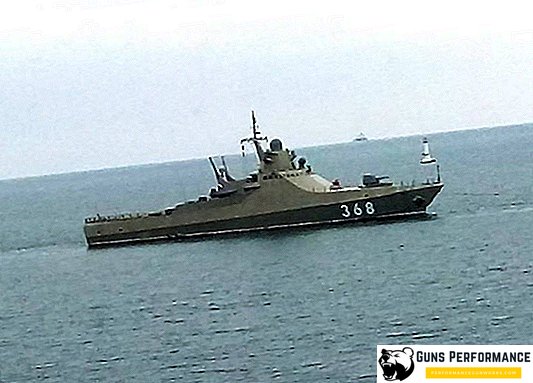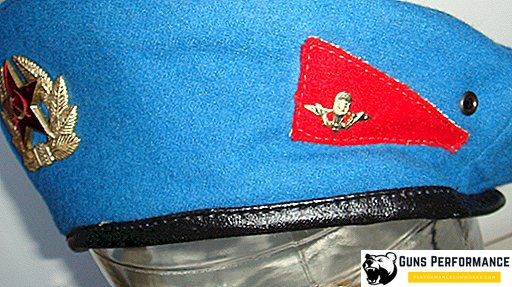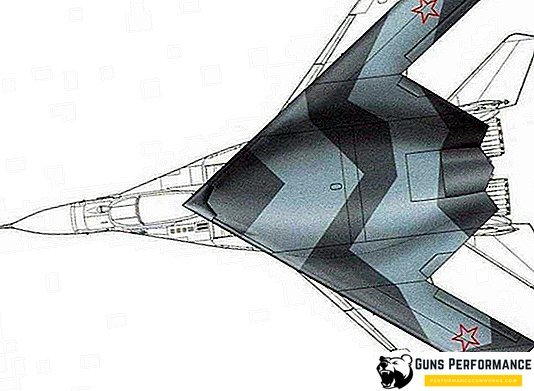The IL-76 aircraft was developed in 1971 in the USSR. It can be classified as a heavy military transport aircraft. The first serial production of this model was launched in 1973 in Uzbekistan. With quite serious flight characteristics and good payload parameters at the time of release, this aircraft was quickly adopted by the Russian Air Force.

The design of the IL-76
By itself, the Il-76 transport aircraft was designed according to the standard scheme of heavy aircraft. It has ordinary swept wings and single-fin plumage in the form of a T-shaped. The wings of the aircraft have more trapezoidal shape, with a fracture along the trailing edge.
The fuselage of the IL-76 is round. By itself, it is divided into several hermetic compartments. In particular, the IL-76 cockpit for pilots is located in the upper part, while the navigator's cockpit is located directly under the cockpit. Also present cargo sealed cabin. The maximum carrying capacity of the aircraft can be 60 tons.
In military models of the aircraft is also provided cabin arrow, equipped with aft gun installation. To be more precise, on such versions of a military transport plane installed two gun GS-23L. The cabin arrow was also separately sealed.

The plane has three hatches - two in the front and one in the tail. The rear hatch is cargo and has a tricuspid structure. Theoretically, in this position, you can use the landing of soldiers in four streams at once, two through the front hatches and two more through the cargo hatch. But in practice, this solution was practically not applied due to the constant descent of airborne soldiers in the air.
The aircraft is equipped immediately with four turbojets. Each of which is suspended on its own pylon under the wing of the aircraft. In addition, there is a five-bearing chassis, which is removed during takeoff into the fuselage.
Among other things, there is a multi-purpose hydraulic system. One of its main functions is the opening and closing of doors, complete control of the chassis and other small but very important parts of the aircraft. The hydraulic system itself consists of two independent systems that are controlled by the flight engineer.

The aircraft has a good fuel system. First of all, it is necessary for refueling the aircraft and its supply to the engines. If you fill the plane in a centralized manner, then the maximum amount of fuel that can fit in all the tanks is more than 109 thousand liters.
For each of the engines of the aircraft is designed its own group of fuel tanks. Each group consists of a main tank, additional and backup. That allows you to fully control all fuel consumption and take appropriate measures in case of an emergency.
The most famous modification
Undoubtedly, the plane at the time of release was one of the best in its field. And since then many years have passed, and over all these years, the Il-76 transport aircraft has appeared a lot of different modifications. The most famous of these is the IL-76MD-90A.
Perhaps it is this modification represents the most profound modernization of the aircraft. The first prototype was collected at the end of 2011. Having made 19 test flights, it was adopted by the Russian Air Force. Unofficially, this modification is often called IL-476.
In addition to the overall increased characteristics of the aircraft, the IL-76MD-90A has a fundamentally different design of its wings. And thanks to the new engines made in Perm, the power characteristics of the aircraft increased by more than 15%. In addition, the aircraft has a more enhanced chassis. We should also mention the improved radio electronic and navigation systems of the aircraft.

The most famous incident
Perhaps one of the most well-known incidents that occurred with one of the aircraft's modifications, namely the Il-76TD, was its capture by the Taliban. It happened in August 1995, when the plane made a commercial cargo flight, carrying with it a large stock of ammunition.
Over Afghanistan, the plane was intercepted by a fighter and was forced to land under the pretext of checking cargo. However, among all the transported ammunition was found a box with special ammunition, the carriage of which was prohibited.
For more than a year, all seven crew members were held captive under the most terrible conditions. They all suffered from heat, lack of food and water. Negotiations on the release of hostages to nothing lead. But later, the crew members managed to convince the Taliban of the need for technical repair of the aircraft. Since, even in those times, the plane itself was of a certain value, it was decided to carry out its repair. Of course, all procedures were carried out under the strictest escort.
However, after 378 days, the aircraft crew still managed to escape, and, on its own plane. During the maintenance, due to damage to the chassis, the crew of the aircraft saw that the guard's vigilance had fallen sharply. It was Friday, the time of prayers, respectively, part of the convoy was simply absent. Taking advantage of this, the crew disarmed the remaining guards, started the engines and took off. The crew headed to the UAE through Iran and from there moved to Russia.

Flight technical characteristics of the IL-76
- The length of the aircraft: 46.6 m.
- Wingspan: 50.5 m.
- Total area of the wing: 300 square meters. m
- Maximum take-off weight: 210 tons.
- Minimum take-off weight: 88.5 tons.
- Maximum lifting capacity: 60 tons.
- The volume of fuel tanks: 109,000 liters.
- Maximum speed: 850 km / h.
- Maximum flight distance: 6500 km.
- Crew: 5 hours
- Maximum number of troops: 126 hours
- The length of the cargo compartment: 24.54 m.
- Cargo Cabin Width: 3.45 m.
- The height of the cargo compartment: 3.4 m.
- Service life: 30 years.


